order histories, retained contact details for faster checkout, review submissions, and special promotions.
Forgot password?
order histories, retained contact details for faster checkout, review submissions, and special promotions.
Locations
Orders Processing,
Shipping & Receiving,
Warehouse
2 Shaker Rd Suites
B001/B101
Shirley, MA 01464
Production Lab
Floor 6, Suite 620
20700 44th Avenue W
Lynnwood, WA 98036
Telephone Numbers
Tel: +1 (206) 374-1102
Fax: +1 (206) 577-4565
Contact Us
Additional Contact Details
order histories, retained contact details for faster checkout, review submissions, and special promotions.
Forgot password?
order histories, retained contact details for faster checkout, review submissions, and special promotions.
BAD
BCL2-associated agonist of cell death
Members in the Bcl-2 family are critical regulators of apoptosis by either inhibiting or promoting cell death. Bcl-2 homology 3 (BH3) domain containing pro-apoptotic proteins, such as Bax, Bid, and Bik, form a growing subclass of the Bcl-2 family. Another such protein is the Bcl-2-antagonist of cell death (Bad). Bad regulates apoptosis by forming heterodimers with anti-apoptotic proteins Bcl-2 and Bcl-xL, thereby preventing them from binding with Bax. Bad activity is regulated by its phosphorylation; it is inactivated by kinases such as Akt and MAP kinase and thus promotes cell survival, whereas JNK-induced phosphorylation promotes the apoptotic role of Bad.
| Gene Name: | BCL2-associated agonist of cell death |
| Family/Subfamily: | Apoptosis , Not assigned-Other |
| Synonyms: | BAD, BBC2, Bcl-2-like protein 8, BCL2-binding component 6, BCL2L8, BBC6, BCL-X/BCL-2 binding protein, Bcl-2-binding component 6, Bcl2 antagonist of cell death, BCL2-binding protein, Bcl2-L-8 |
| Target Sequences: | NM_004322 NP_004313.1 Q92934 |
Publications (2)
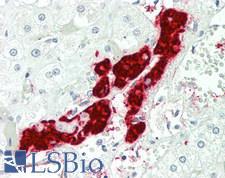
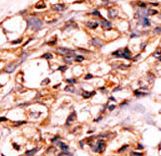
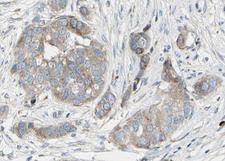
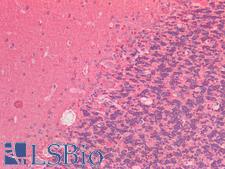
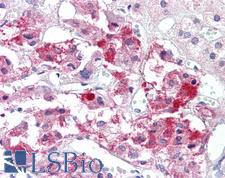
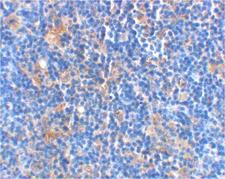
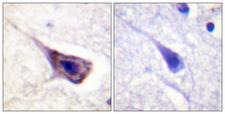
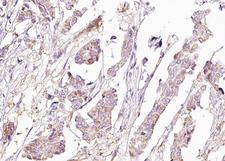
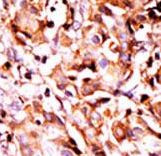
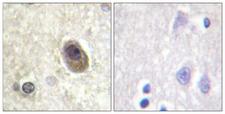
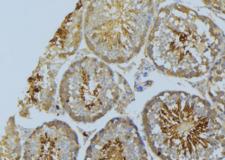
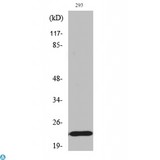
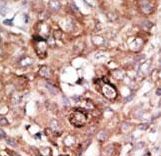
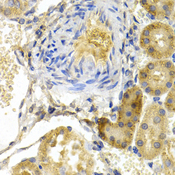


If you do not find the reagent or information you require, please contact Customer.Support@LSBio.com to inquire about additional products in development.











